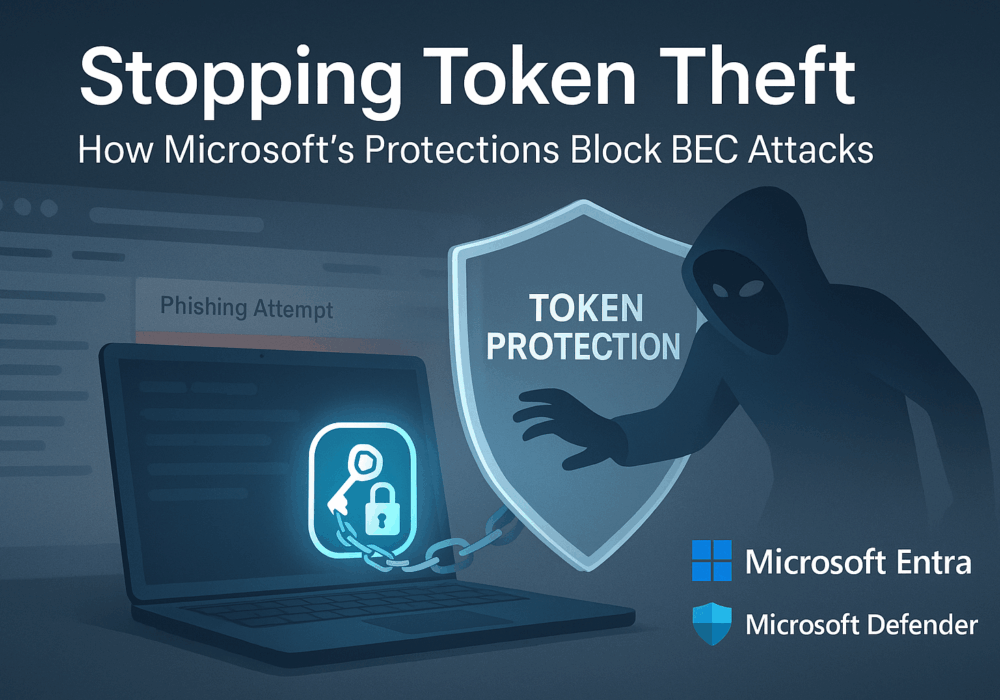Adversary in the Middle (AITM) Attack (formerly referenced as Man-in-the-Middle) is a technical term for when a hacker positions himself in a conversation between a user and an application; either to eavesdrop or to impersonate one of the parties, making it appear as if a normal exchange of information is underway. The main goal of these attacks is to steal sensitive information from the victims, such as login credentials to online accounts such as email, banking, or virtual private network.
Often these attacks occur on rogue Wi-Fi networks masquerading as the local businesses real Wi-Fi. Unsuspecting users connect to the fake Wi-Fi network and their traffic is intercepted and inspected for these juicy authentication details.
Fortunately, most websites have established https requirements which can hide authentication information unless the hacker is using an HTTPS proxy combined with spoofed DNS requests. In these cases, the hacker can pretend to be the actual website you’re attempting to log into, however, the SSL certificates can be a dead give-away that something’s amiss.
These types of attacks are often paired with phishing attacks and attempt to convince users to click malicious links or enter in personal data on a fake webpage to steal their personal information. These fake websites can have legitimate SSL certificates that avoid the earlier mentioned SSL certificate issue that comes with spoofing a legitimate website address in DNS.
Source: Imperva
Additional Reading:
Related Terms:
As an SMB, there are some actions you can take to reduce the likelihood of becoming victim to Adversary-in-the-Middle attacks. As with most cyber threats, being aware of the attack and where or how it is perpetrated is crucial. Therefore, be sure to educate employees on how to protect themselves while on WiFi networks and what a AiTM attack is will help a great deal. Aside from user education and awareness training, here are a few things you can do:
https://www.youtube.com/watch?v=DgqID9k83oQ
Discover and share the latest cybersecurity trends, tips and best practices – alongside new threats to watch out for.

Welcome to our two-part blog series on Microsoft’s new email security enhancement now included in Office 365 P1...
Read more
"Being an MSP today is like wearing a neon sign that says, ‘Hack me! I’m the gateway to 100...
Read more
Ever had your phone suddenly lose service for no reason, followed by a flood of “reset your password”...
Read moreGet sharper eyes on human risks, with the positive approach that beats traditional phish testing.
